Building tyres in collaboration with Continental AG of Germany, Metro Tyres began its journey with bicycle tyres. Focusing on replacement market, the company is witnessing good growth. “Presence in both OEM and replacement market is allowing us to analyse demands patterns,” said Rummy Chhabra, Managing Director, Metro Tyres, in a conversation with Anwesh Koley of Auto Components India in an interview. Edited excerpts:
Q1. What is your product portfolio like? Tell us about your journey?
A: Metro Tyres makes two and three wheeler tyres. This include motorcycle, scooter, rickshaw and e-rickshaw tyres. The journey of Metro Tyres started with bicycle tyres with a production run of 1000 units per day. This number has gone up to 1,25,000 tyres per day, with 60 per cent of the overall production catering to bicycles, and the remaining capacity utilised for the production of two-and three-wheeler tyres. We have a technical collaboration with Continental AG of Germany, which is helping us to reap positive results. Our focus area has been the replacement market since the revenue realisation is better. An estimated 60-65 per cent of the volumes come from the replacement market whereas the remaining come from the OEMs.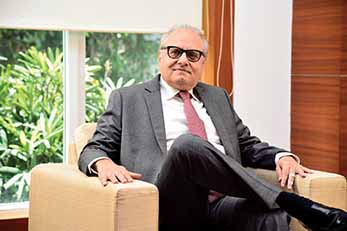
Q2: How are you dealing with the auto industry slowdown ?
A: The OEM business is under tremendous pressure. Till the industry sentiments do not turn favourable, our focus will be on the replacement market. For the replacement market, we have set up 51 offices across the country, with 400 employees. We have a wide network of around 80 warehouses around the country to satisfy the orders. In order to remain active in the OE as well as the replacement market, we are offering a 24-hour replacement commitment.
Presence in both OEM and replacement market is allowing us to analyse demand patterns. Our observation has revealed that OEM customers are looking at vehicle performance. Aspects like fuel consumption, rolling resistance, grip and cornering are important factors to them. To satisfy such requirements, tyre manufacturers have to tailor-make tyres as per vehicle specifications and also work in tandem with vehicle manufacturers from the product conceptualisation stage. In case of the replacement market, customers look for tyres which are heavy, durable and provide better fuel efficiency.
Q3: What are the R&D initiatives you are taking?
A. We are currently in the process of setting up a dedicated R&D set up at our fifth production unit on the Delhi-Jaipur highway. This unit will be separate from the production area and the activities carried out here would include product development in line with the market requirements. Apart from carrying out innovations to cut down costs, the setup will interact with OEMs for specialised offerings. Being built with an investment of Rs 10 crore, a dedicated team of employees will be stationed at the new R&D centre. Expected to be functional next year, the process of equipment procurement
and manpower selection has already commenced.
Having a technical collaboration with a European giant aids the cause of technology transfer for more customised solutions for Indian customers. While our Indian research team is quite capable to address OEM requirements, active involvement of Continental during crucial problem solving is an added process advantage. The structural differences between an OEM tyre and a replacement market tyre exist globally and Continental’s expertise in this domain helps our research initiatives to a large extent. Being a continuous process, we do not want to rest on our laurels as the competition is fierce. The need for customised tyres is rising.
Q4: How do you perceive the threat from Chinese Tyres?
A. For tyre makers in India, the threat from Chinese products has been a reality. However, I believe that the brand recognition and product goodwill of Indian tyre manufacturers warrants a strong demand. The quality, after-sales service and widespread network presence, ensures that customers have a strong faith in the domestic offerings. People have started looking beyond the cost factor favouring Chinese products. They are instead preferring the durability, consistency in quality and seamless service backup offered by Indian players.
In order to provide a level playing field, the government should ensure that Chinese players should not have an upper hand in the Indian market. Like the recently imposed anti-dumping duty on Truck & Bus radials, I would surely want to see similar norms implemented for two and three-wheeler tyres as well. Many Chinese companies are setting up production units in India, solely due to the widespread anti-dumping duties applied on Chinese made products across the globe. Exporting products from India allows them to evade anti-dumping duties, which eventually becomes a quality issue.
Q5: How do you view policy initiatives in the tyre space?
A. Over the past few years, the government has been actively promoting e-mobility and this has resulted in e-rickshaws gaining popularity in many cities across the country. However, in terms of policy initiatives, the fact that three-wheeler e-rickshaw tyres today still command a 28 per cent GST, is not going down well with three-wheeler tyre makers. We believe the government should reduce the GST on these tyres in order to encourage more people to buy them and boost e-mobility.
The current stipulation is leading to red-tapism in the market, thereby encouraging tyre buyers to procure products without a bill, causing loss of revenue for the government. If the GST rates on e-rickshaw tyres are reduced, the government will not only ensure more transparent operations but also witness a rise in tax collections.
Q6: How have the overall market dynamics of the two-wheeler tyre segment evolved?
A. The Indian tyre market has seen significant enhancements in terms of technology over the past 10 years. The raw material industry has also matured with the changing market dynamics, and apart from a few critical components, most of the raw material requirements are now met through domestic suppliers. Natural rubber accounts for almost 40 per cent of the raw material costs for tyre manufacturers and almost every manufacturer witnessed a jump in profitability in the last few years, due to a decline in rubber prices.
The diversification of OEMs into newer motorcycle segments has been a challenge well accepted by tyre manufacturers. While tyre dimensions, specifications and tread patterns have become highly specialised due to increased motorcycle segmentation, this has also helped tyre manufacturers create a niche for themselves in the market and secure customer loyalty by catering to their specific demands and delivering tyres intended for specific usage.
Taking the quality aspect forward, the company even went to the extent of deliberately delaying the launch of its two-wheeler radial tyres, as requirements had greatly evolved from the time we initially decided to go ahead with the idea of producing such tyres. With the Indian market opening up to global players, who are now setting up assembly and production units in India, the latest two-wheeler radial tyres from Metro Tyres will cater to a diverse range of motorcycles starting from entry-level 150 cc machines, 200-250 cc sports bikes and even bigger, more performance-oriented bikes like the KTM Duke 390. ACI



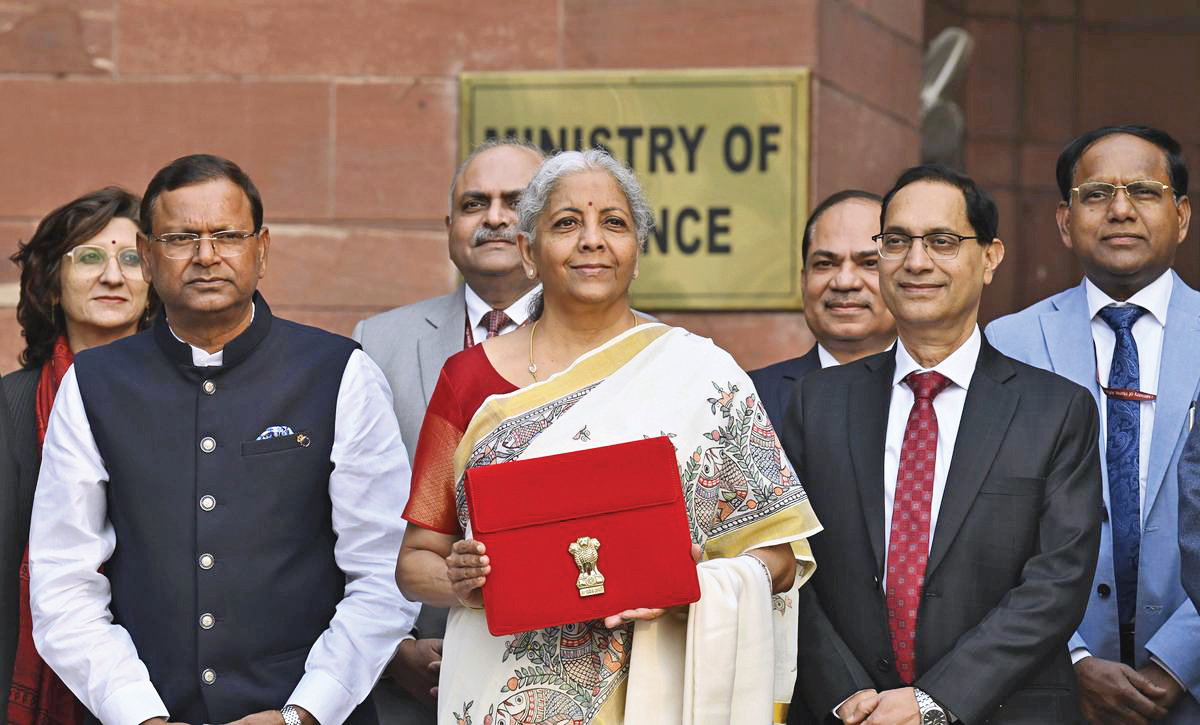
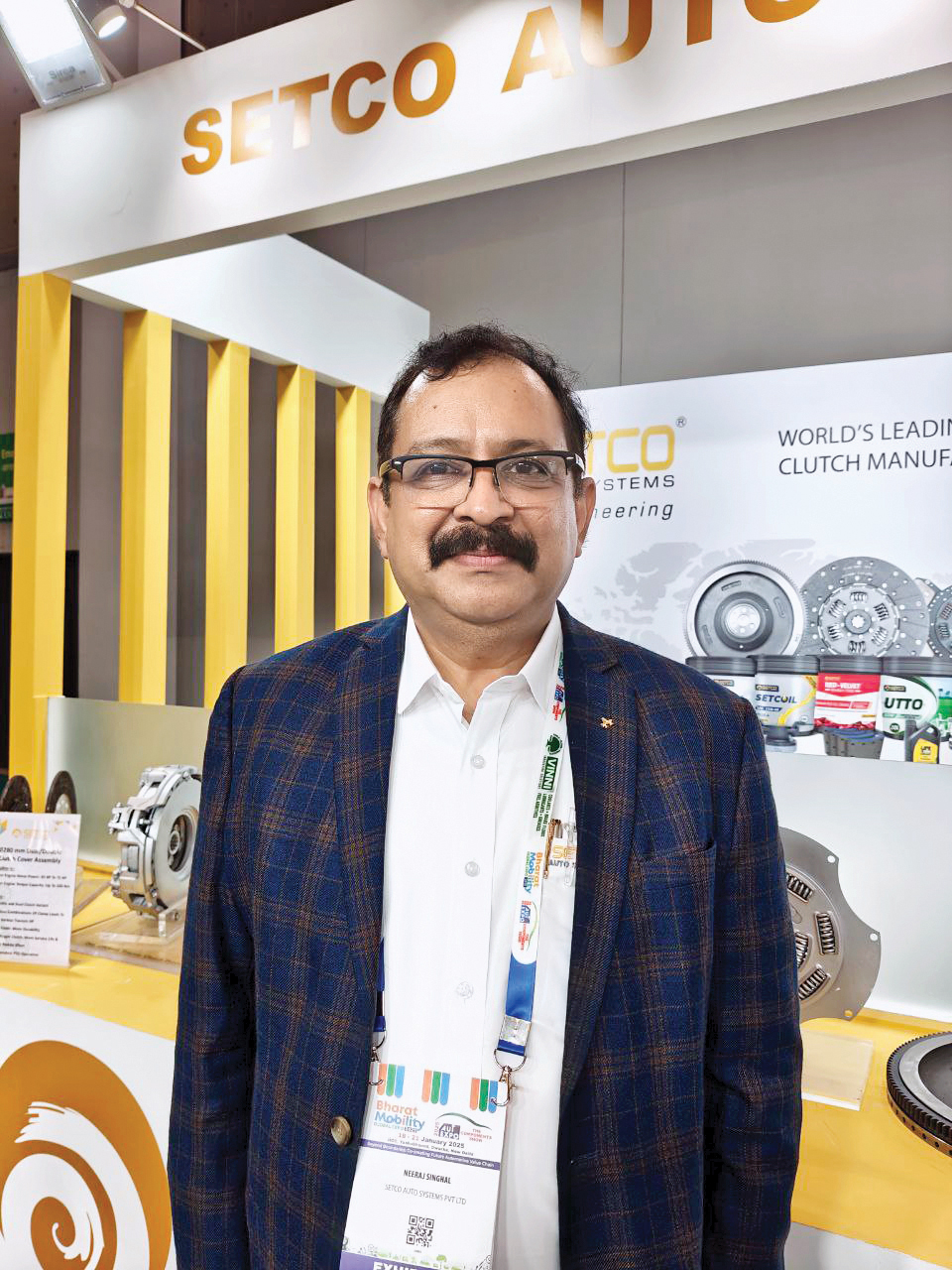
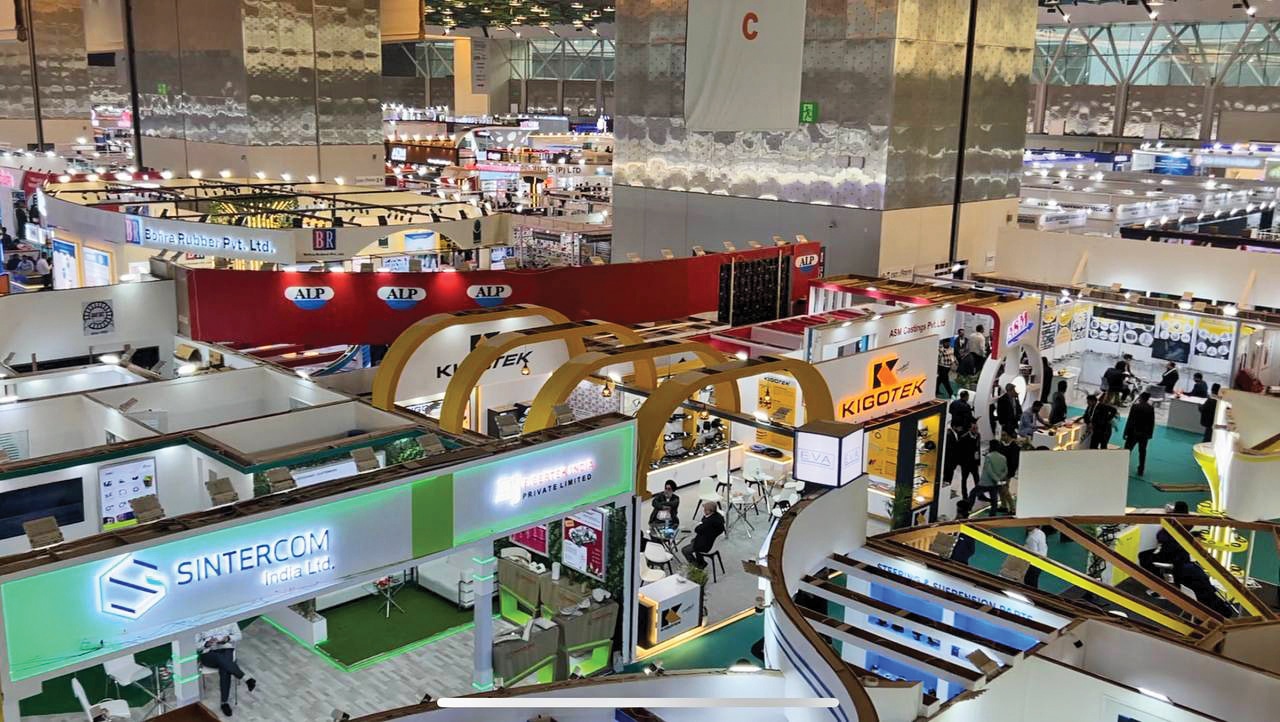

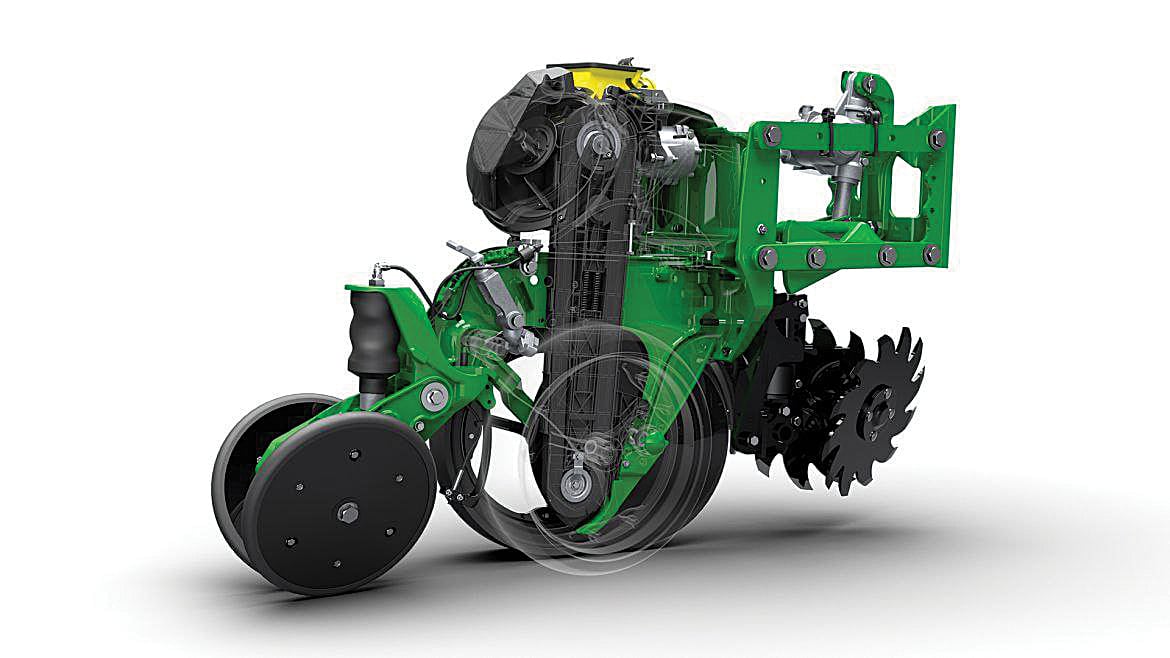

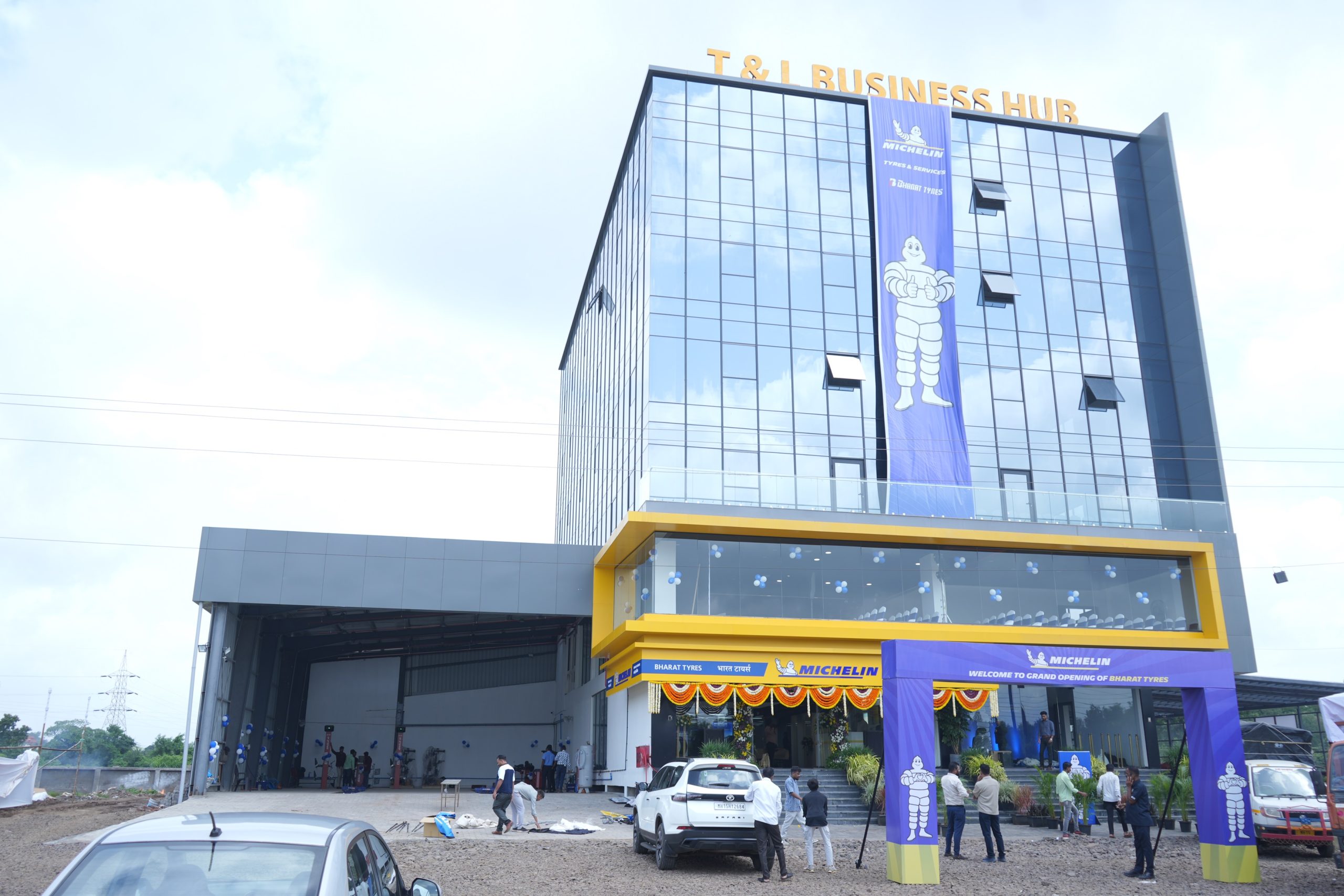
Leave a Reply